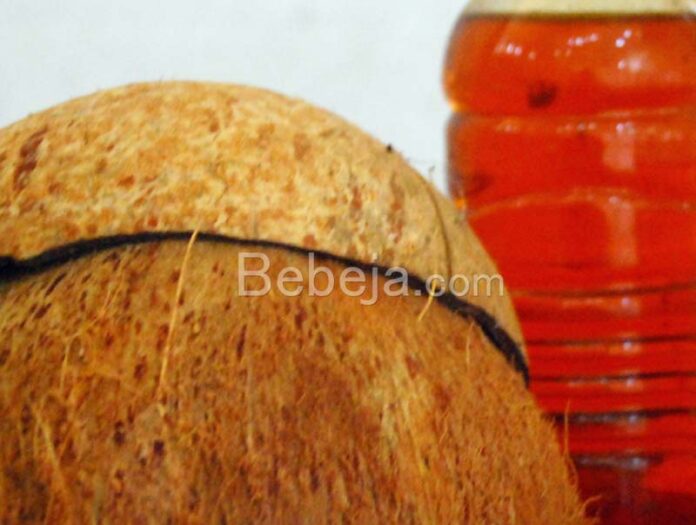Liquid smoke offers some advantages, including the preservation of food due to its antibacterial properties, the inhibition of fungal growth, and the generation of aroma. Moreover, it possesses a distinctive odor and flavor and can be utilized as a substitute for soap in the washing of fruits and vegetables.
Two distinct types of liquid smoke are currently available on the market: food liquid smoke and non-food liquid smoke. Food liquid smoke is typically devoid of carcinogens such as tar and benzopyrene, which are known to cause cancer. In contrast, non-food liquid smoke continues to contain tar.
It is a common characteristic of liquid smoke produced from burning coconut shells that contains tar, which gives the liquid a blackish-smoky appearance. Liquid smoke is classified as non-food liquid smoke (grade 3). The tar content of grade 3 liquid smoke is greater than 1%. In comparison, grade 2 liquid smoke contains between 0.5 and 1% tar, while grade 1 contains less than 0.5%.
Grade 3 liquid smoke can be processed into a higher grade by allowing it to settle for approximately one month. The precipitation will result in the separation of the tar, thereby producing a reddish liquid that is classified as food-liquid smoke. Subsequently, the liquid is distilled to remove any remaining tar particles, thus obtaining a clear, yellowish food liquid smoke final product that is similar in appearance to gasoline. The liquid smoke product is classified as grade 1.
The yield of liquid smoke is 50%. The production of one liter of liquid smoke necessitates the utilization of two kilograms of coconut shells. One liter of grade 2 liquid smoke requires 1.25 liters of grade 3 liquid smoke; grade 1, 1.14 liters of grade 2 liquid smoke. One liter of grade 1 liquid smoke is produced from approximately 7 kg of coconut shell, with a yield of 15-20%.
It is important to note that the shells should be sourced from older coconuts, as they are of superior quality. The moisture content of young coconut shells is significantly higher than that of mature shells, which results in a lower concentration of the main constituents of liquid smoke, namely acetic acid and phenol. This results in the production of low-quality liquid smoke from young coconut shells.
The dosage of food liquid smoke is dependent upon the intended utilization. If the objective is to utilize liquid smoke as a preservative, a dosage of 2-3% is sufficient. To elicit the aroma of grilled meat, smoked meat, and smoked fish, a liquid smoke solution with a concentration of 10% is necessary.
Liquid smoke is employed as a medicinal mixture to treat a variety of ailments, including scabies and toothaches. The concentration of liquid smoke in these mixtures varies between 5% and 80%.
